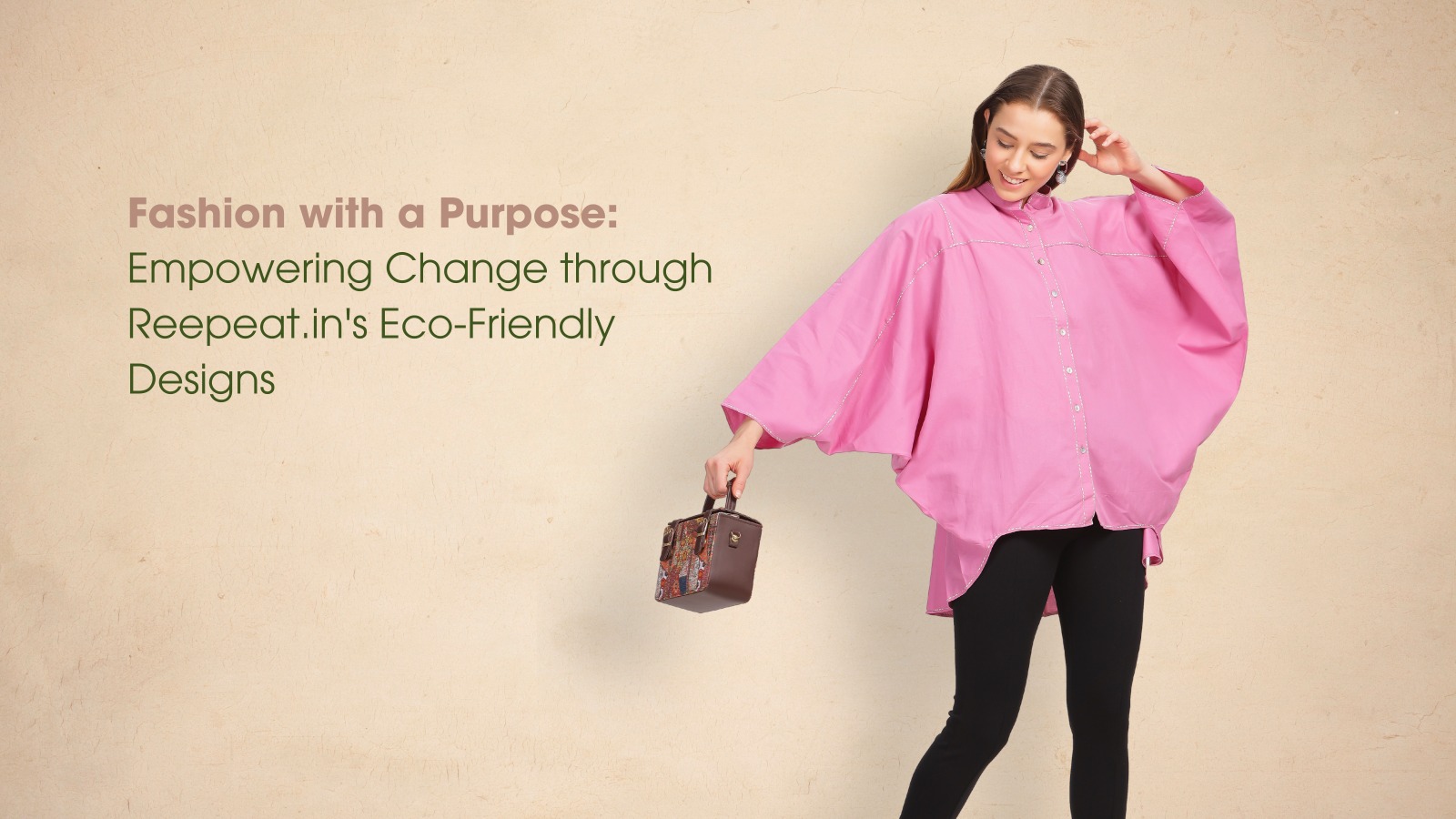Do You Know Why You Should Fashion With A Purpose?
- Our fashion industry produces over 100 billion garments a year, and 87% of these will end up in a landfill or an incinerator ( approximately 40 million tons), with only 1% recycled.
- Only 1% of all discarded clothing is recycled.
- Today’s average person buys 60 percent more clothing items than 15 years ago but keeps them for only half as long. The average garment may be worn as few as ten times before disposal.
- The apparel industry is responsible for 4% of greenhouse gas emissions – the same as the countries of Germany, France, and the U.K. combined. Unchecked fashion production will account for 26% of all carbon emissions by 2050.
- Fashion is one of the most polluting of all industries. Clothing is manufactured with highly toxic dyes and heavy metals that are flushed into clean water streams, rivers, and aquifers, where they sicken people and animals, harm ecosystems, and cause biodiversity loss.
- The industry razes 150 million trees for cellulosic fabrics. Cattle grazing has contributed to deforestation in the Amazon and the leather produced from that region has been traced to global fashion brands’ shoes and bags.
- Non-organic cotton farming heavily depletes and degrades soil. It is one of the world’s most pesticide-intensive crops. These affect the health of farmers and populations nearby. The toxic farm runoff contaminates fresh waters, wetlands, and aquifers and threatens biodiversity and ecosystems.
- 62% of all clothing is made partially or entirely of synthetic fibers such as polyester, a crude oil derivative. Petroleum is a non-renewable resource with significant negative impacts on the earth.
- Up to 40% of fashion’s carbon emissions are from polyester production, and polyester production is expected to grow by 47% over the next 10 years.
- Washing our synthetic clothing accounts for 35% of all microplastics in the ocean. These microplastics have entered the food chain and, in a study in the Netherlands in March 2022, were found in the blood of 80% of those people tested.
- Clothing production has doubled since 2000, and with a shifting population and consumption patterns, the fast fashion industry is expected to grow. By 2050, the world is on track to triple clothing production.
- The true cost of fast fashion’s cheap clothing is extracted from the industry’s factory garment workers. They are paid less than the minimum wage in countries in the global south, which does not nearly constitute a “living” wage. Today 40 million people live in ‘modern slavery,’ with fashion as the 2nd biggest contributor. Child labor is common.
- For true recycling, clothing must be collected, sorted, and distributed to recyclers. These systems are in their infancy. Sorting is still done by hand. And while there are innovative technologies that can break down the fabric of used garments to make new clothing, many await business investment to scale their systems to the colossal size necessary. Fully scaled. However, these technologies could drive 80% circularity in the fashion industry.
- Most major industries are highly regulated. But the fashion industry, one of the world’s largest manufacturing industries, is almost entirely unregulated.
What You Can Do
As a consumers you have the power to change the roots of fast fashion. Here are a list of some important things you can do:
- Educate yourself about sustainable clothing and eco-friendly fashion materials.
- Buy less, spend less and shop for quality over quantity. For example, go for eco-friendly clothes.
- Choose natural or vegan materials such as organic cotton, linen, jute or hemp.
- Buy 100% recycled fabrics – 100% recycled polyester, viscose (rayon), etc.
- Research brands and see that whether they are ethical and practice transparency and sustainability.
- Please post a picture of yourself wearing a sustainable garment, explaining its attributes and why you like it. Tag us on social media! @reepeatclothing
- Choose brands manufactured in their community and connected to the place, people behind them, local economy, and environment.
- Buy second-hand clothing.
- Swap clothes with a clothes swap group, or start a swap yourself.
- Learn how to repair your clothes yourself. The longer clothes are kept, the lower their emissions footprint.
Fashion brands like Reepeat, an organic cotton brand in India, prioritize eco friendly designs and empower change, contribute to a more sustainable future, and influence the industry. We inspire other brands and consumers to follow suit, creating a ripple effect of positive change throughout the fashion landscape.
By embracing fashion with a purpose, consumers can actively participate in the movement toward sustainability. Supporting brands prioritizing eco-friendly fashion sends a powerful message to the fashion industry and society as a whole, encouraging others to adopt similar practices. Additionally, consumers can contribute to change by adopting a more conscious approach to their fashion choices, such as buying from sustainable brands, shopping second-hand, and extending the lifespan of their garments. Don’t be a follower, be an influencer!

